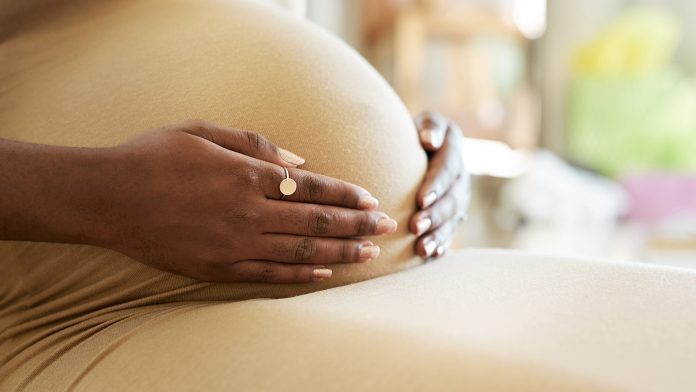
Research has identified that stillbirths among ethnic minority groups are twice as high in the UK compared to the rest of the population, despite the UK stillbirth rate experiencing an overall decline in recent years.
The study analysed monitoring data and elucidated that the UK stillbirth rate for black and South Asian communities remain at around double that of the rest of the population. In these groups, placental issues and congenital disabilities are primary drivers of stillbirths; however, this is not understood for more than half of the cases.
The study is published in BMJ Open.
Examining the UK stillbirth rate
The UK stillbirth rate is higher than many other similar high-income countries, with rates falling much more slowly, even after implementing government strategies to stillbirths by up to 50%. Typically, ethnic minorities are more disadvantaged in the UK and tend to have worse health outcomes than white people. Despite this, there is little research into health inequalities in stillbirth rates, with little knowledge about the causes of stillbirths between ethnic groups.
To further this understanding, researchers employed data from the Mothers and Babies: Reducing Risk through Audits and Confidential Enquiries across the UK (MBRRACE-UK) programme from 2014 to 2019. MBRRACE-UK collates data on all live and stillbirths, including information about ethnicity, for mothers in each of the four countries in the UK. Ethnicity is categorised as white; Indian; Pakistani; Bangladeshi; other Asian; black Caribbean; black African and other black; mixed ethnicities; and other (including Chinese).
The team measured deprivation levels by linking the mother’s residential postcode at the time of birth to local measures that show the proportion of families in the area receiving either unemployment or tax benefits and with a reported household income less than 60% of the national average. Maternal age was grouped into five-year age bands, ranging from under 20 to over 40.
Outcomes for ethnic minority groups
Results showed that between January 2014 and December 2019, 4,391,569 singleton babies at or above 24 weeks were born to mothers resident in the UK, with 16,013 ending in stillbirth, a rate of 3.65 per 1000. Of these stillbirths, 14,633 occurred before birth (3.33/1000) and 1380 during birth (0.31/1000). The overall stillbirth rate fell from 2966 (3.96/1000 births) in 2014 to 2241 (3.24/1000 births) in 2019, a reduction of 18%.
A higher stillbirth rate was linked to more significant social and financial disadvantages – 4.80/1000 births for the most deprived areas compared with 2.70 for the least deprived. Maternal age also played a crucial role, with 4.81/1000 births for mums under 20 and 5.42 for those aged 40 and above.
Most of the births had available information about ethnicity; 76% were classified as white: 10% Asian (including Indian, Pakistani, Bangladeshi and other Asian groups); 5% black (including black Caribbean, black African and other black groups); 6% mixed; and 3% other ethnicities.
Black African and black Caribbean mothers had four more stillbirths per 1000 compared to white mothers, with Pakistani mothers having an additional three per 1000 after adjusting for differences in maternal age and deprivation. There were a higher proportion of babies of Bangladeshi (42%), black African (39%), other black (39%) and black Caribbean (37%) ethnicities born to mothers in areas of high deprivation compared to 18% of white babies, finding that living in these areas causes an increased risk of 1.5 stillbirths per 1000.
The highest UK stillbirth rate due to congenital disabilities was among babies of Bangladeshi (42%), black African (39%), other black (39%) and lack Caribbean (37b%) ethnicities. In contrast, placental issues were most prominent among mothers of all black races. The cause of stillbirth was unknown in 40% of cases but was highest for babies of other Asian (60%), Bangladeshi (58%), and Indian (52%) ethnicities.
Study limitations
The team explained that some potentially important risk factors might not have been universally accounted for that may have influenced results and that ethnicity may have been misclassified. However, the study employed high-quality population data over six years, with complete ascertainment of stillbirths from 24 weeks of pregnancy, including terminations. In contrast, very few high-income countries have comparable active national stillbirth monitoring programmes.
The researchers concluded: “Improved strategies for the investigation of stillbirth causes are needed to reduce unexplained deaths so that interventions can be targeted to reduce stillbirths.”







